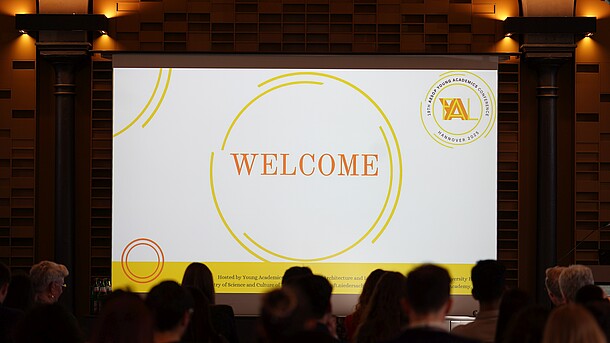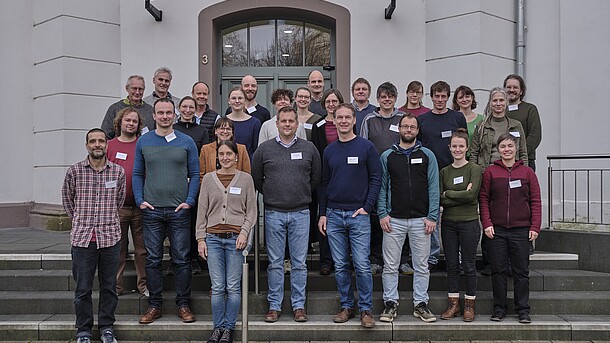The field trip to Vienna organised by the Institute of Environmental Planning took place from 03.09.2023 to 08.09.2023. It was led by Prof Dr Rainer Danielzyk, Prof Dr Axel Priebs and Dr Nora Mehnen. During these six days, various lectures were given by Viennese actors. On the first day we went on a tour of the first district. On the second day, we listened to a lecture on climate protection and urban heat islands by a member of the municipal department (MA) 22 (environmental protection) and a member of the Vienna University of Technology. After the lecture, they showed some examples of climate-adapted landscape architecture in the Nordbahnviertel. This was followed by a presentation on urban planning in Vienna by two members of MA 18. A guided tour of the public transport system was given by Axel Priebs. On the third day, Prof. Scheuvens (Dean of the Faculty of Architecture at the Vienna University of Technology) gave a lecture on housing in Vienna. At lunchtime on the same day, the director of the National Park House guided the group through the Donauauen National Park. On the fourth day, climate protection and adaptation strategies in Austria and Vienna were presented by Prof. Stöglehner (University of Natural Resources and Applied Life Sciences, Vienna) and Prof. Heintel (University of Vienna) using the example of the 7th district of Vienna. The fifth day was spent on a bus excursion to the outskirts of Vienna, with stops in Rothneusiedl, Guntramsdorf and Kleifeld, where the problems of urban expansion and traffic in the suburbs were discussed with a mayor and experts. Finally, on the sixth day, the group visited Seestadt Aspern, a newly planned district on the outskirts of Vienna.
The theme of the field trip to Vienna was 'climate adaptation and resilience'. The presentations revealed an astonishing wealth of facets of Vienna. Many approaches in Vienna were convincing and provided new food for thought, while others were lacking (e.g. rainwater harvesting). Overall, compared to German cities, Vienna has many very positive approaches in urban planning, public transport and housing, but (still) too few best practice examples of climate adaptation.
































